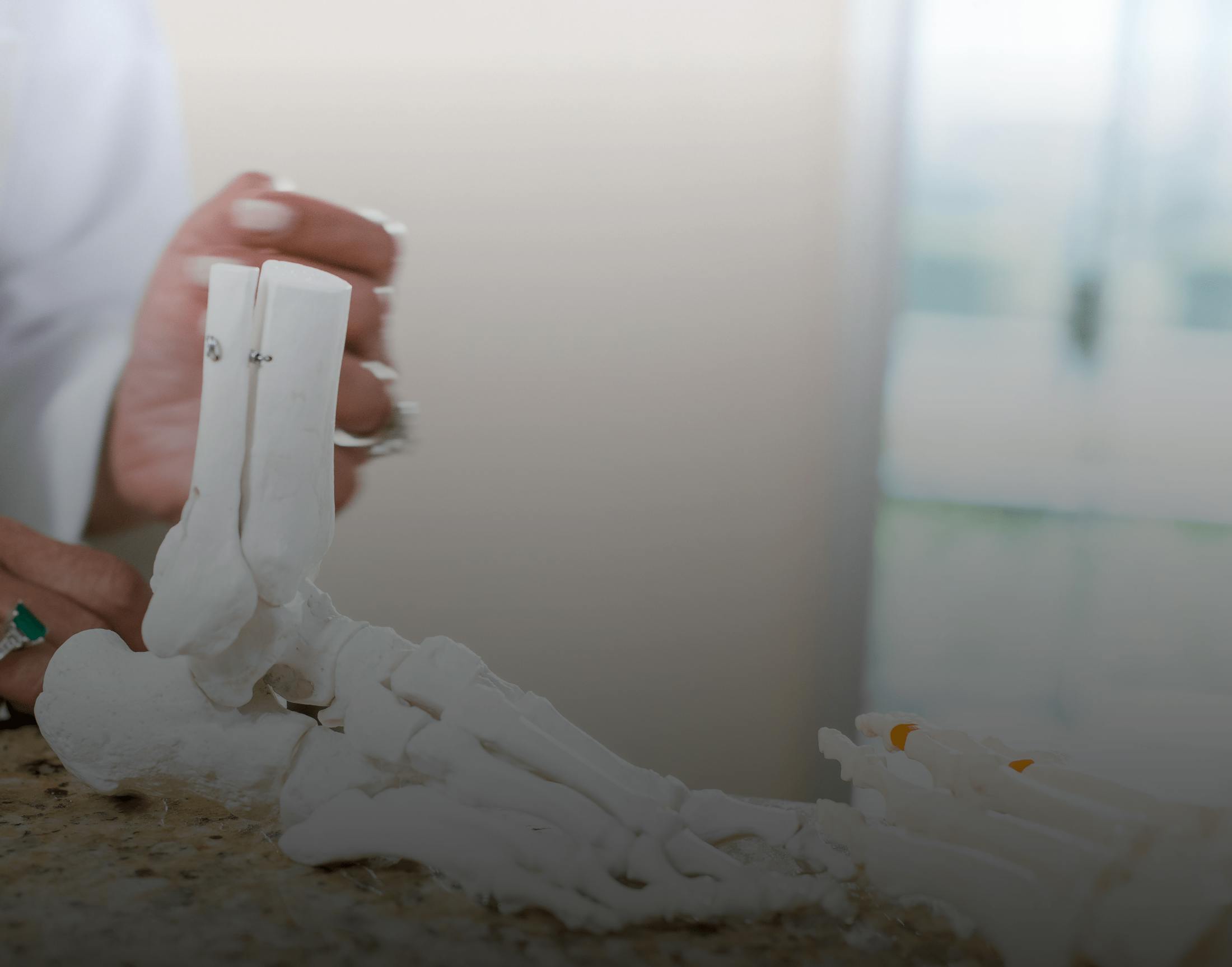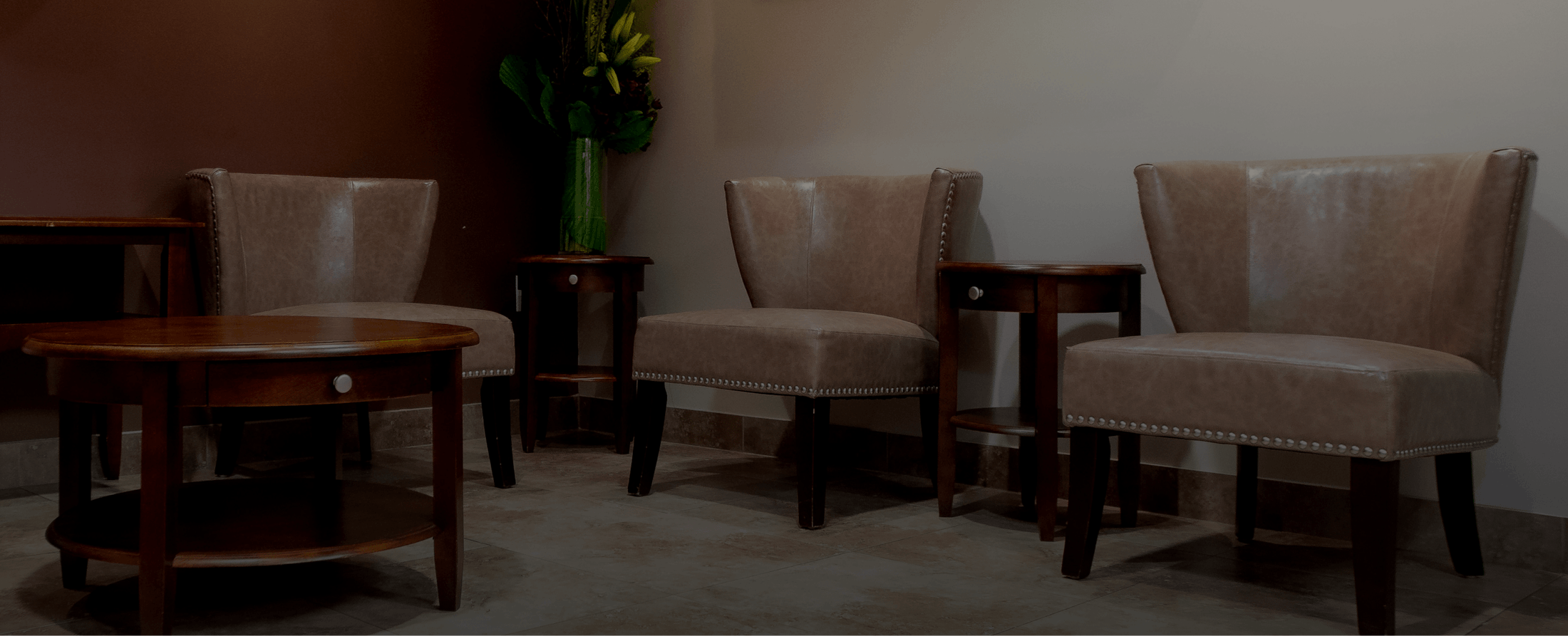Have you noticed that your child’s foot seems stiff when he walks? Does (s)he have flat arches? Is there any pain during walking and other activities? If so, (s)he may be suffering from an inherited condition called tarsal coalition.
How Tarsal Coalition Forms
The foot and ankle contain 26 bones, and seven of these bones are in a group called the “tarsal bones”. These are located towards the back of the foot, including the heel area. If two or more bones in this area are joined together, it is called a “tarsal coalition”. The two most common sites affected are between the calcaneus and the talus, and between the calcaneus and the navicular.









